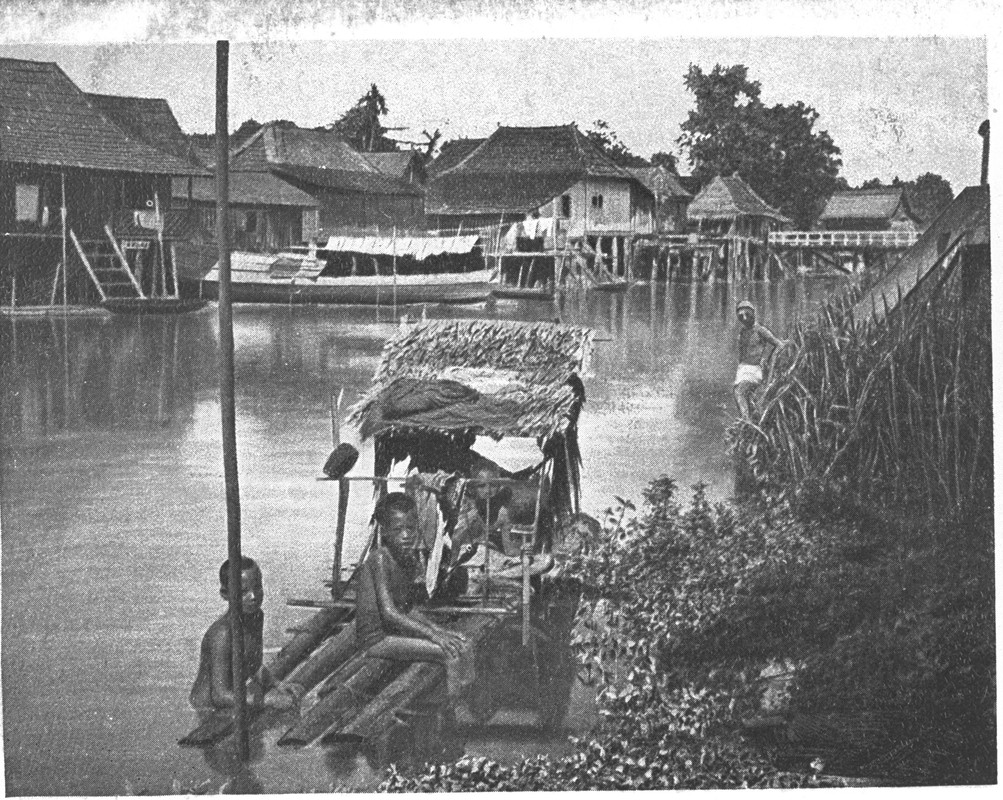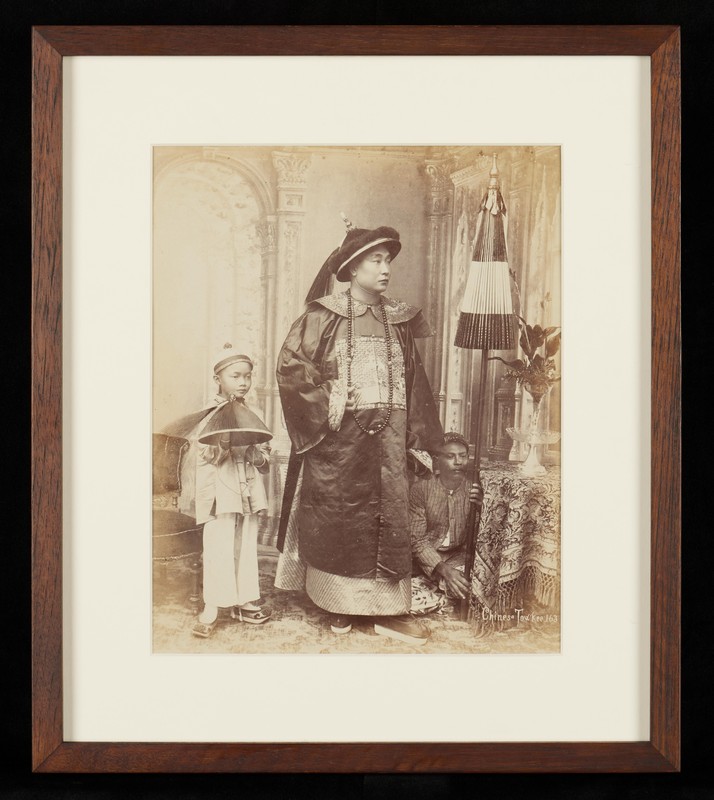中译国名:“新嘉坡”与“新加坡”
新加坡英文名称Singapore早在19世纪已经标准化,与之而来的中译名则林林总总,一些还共存至1970年代,其中国人最为熟悉的是“新嘉坡”和“新加坡”。
译名“新嘉坡”于1835年出现,那是开埠16年后之事。1834年,美国基督新教美部会传教士帝礼士(1806-1875)在新加坡设立印刷出版机构。隔年,该机构刊刻了他所写的第一本小册子《鸦片速改文》,书名页镌刻“新嘉坡书院藏板”(1836年后,该机构出版品,书名页改作“新嘉坡坚夏书院藏板”)。1这是我们所见“新嘉坡”最早的书证。
新开美好的埠市
汉代经学家许慎《说文解字》:“嘉,美也。”“坡”,东南亚史学者许云樵(1905-1981)认为它即“埠”之讹,“新嘉坡”,意思是新开美好的埠市,这译名典雅且能反映新加坡开埠的历史。由于传教士大量散发书刊,很快的,“新嘉坡”就在本地流传开来。此后,约半个世纪,在新加坡,这译名一枝独秀,独占鳌头,举凡官方招贴、纪念碑文字2,以及刊登在中文报章上的通告,海峡殖民地官方均一律使用“新嘉坡”。在华社民间,自1850年以来,庙宇会馆碑刻文字、呈交于政府的请愿书,以及报章上的文字等,也大都沿用“新嘉坡”。



“新加坡”的诞生
约在“新嘉坡”诞生的同一年,“新加坡”在中国出现了。寓居广州的叶钟进3写了《英吉利国夷情记略》。在提及英国东印度公司到印度、东南亚建立贸易据点时,他说,该公司:
遇有可乘隙,即用大炮兵舶踞海口,设夷目为监督,以收出入税。先后得有孟剌甲、新地坡、新加坡等处。4
随着坚夏书院中文书刊流传到中国,“新嘉坡”一词漂洋过海远至神州。1841年,清代文人魏源(1794-1857)编纂《海国图志》时,案头有坚夏书院书刊与叶钟进的书,因此,书中袭用坚夏书院书名页的“新嘉坡”,也采用叶钟进文章中的“新加坡”。此后,这二个译名便在中国流传开来,清廷官员奏折、朝廷谕令与士人学者著作,有的袭用“新嘉坡”,也有使用“新加坡”。19世纪80年代末,因着清廷官员与士人学者到访,“新加坡”从中国传到新加坡,被本地华社接纳,就此逐渐出现在碑刻和报章上。5
统一华文名称
一地有几种译名的混淆情况,时有所见。20世纪20年代至30年代,上海的商务印书馆和中华书局出版了地名、人名字典,它们统一了马来半岛南端的这个岛屿译名,称之为“新加坡”,人为地把“新嘉坡”从角逐舞台上排除出去。不过,在新加坡,这两个译名依然共存通用90多年,直到1972年4月25日,新加坡文化部成立的政府部门及法定机构华文名称统一委员会,决定选择“新加坡”作为正式的中译国名。6从此,使用了130多年的“新嘉坡”逐渐淡出舞台,成为一个历史地名了。
| 1 | 1838年,在新加坡刊行的月刊《东西洋考每月统记传》有《推农务之会》一文,编纂者在文后写了按语,使用了“新加坡”。但它仅是昙花一现,很快就销声匿迹。又,毛大庆认为“新加坡”最早见于清道光十年(1830年)陈乃玉的《噶喇吧赋》,此乃误读。翻阅陈乃玉原文,实作“寔叻”。 参阅爱汉者等编、黄时鉴整理,《东西洋考每月统记传》道光戊戌年(1838年)正月,(北京:中华书局,1997),页317;毛大庆、殷智亮,《一口气读懂新加坡》(北京:团结出版社,2011),页5;许云樵,〈开吧历代史纪校注本〉,《南洋学报》,卷9,辑1(1953年6月),页12。 |
| 2 | 按《新加坡华文铭刻汇编:1819-1911》里辑录《印度总督游新纪念碑记》文字,落款据陈荆和、陈育崧编《新加坡华文碑铭集录》,迻录作“新加坡众唐民敬识”。多年前,笔者为这纪念碑做拓片时,发现“新加坡”当作“新嘉坡”。 参阅陈荆和、陈育崧编,《新加坡华文碑铭集录》,页321页;丁荷生、许源泰编,《新加坡华文铭刻汇编:1819-1911》,下册,页1396。 |
| 3 | 叶钟进(生卒年不详),字蓉塘,安徽歙县人。他生活于乾隆末至道光年间,是一名画家。1809年出任广西平南县的典史,后来,他到广州经营茶叶生意,与广州学海堂学长徐荣(1792-1855)、张维屏(1780-1859)与吴兰修(1789-1839)时有交往。 |
| 4 | 《近代中国对西方及列强认识资料汇编》编者认为《英吉利国夷情记略》约写于1834年,晚清理学家方东树(1772-1851)则以为是1831年。细读叶钟进文章,发现(一)文中提及英国驻华商务监督部楼顿(1788-1880)。按,部楼顿是在1834年10月始接替英国驻华第一任商务监督律劳卑职位;(二)魏源辑录叶钟进文章,有一段说:“澳门所谓新闻纸者,初出于意大里亚国”,这资讯应是叶钟进参考《东西洋考每月统记传》道光甲午年(1834年)《新闻纸略论》写成,因此笔者推断该文当在1835年或之后完稿。 参阅(清)魏源,〈英吉利国广述上〉,《海国图志(五十卷本)》,卷34,道光甲辰(1844年)仲夏古微堂聚珍板,页18a、20b-21a及24a-b;爱汉者等编,黄时鉴整理,《东西洋考每月统记传》,道光甲午年正月,页76;(清)方东树,〈病榻罪言〉,《考槃集文录》卷二《杂著下》,《清代诗文集汇编》,册507,2010年上海古籍出版社据清同治七年(1894年)影印,页4a、5b;中央研究院近代史研究所编,《近代中国对西方及列强认识资料汇编》第1辑第2分册,(台北:中央研究院近代史研究所,1972),页791-792。 |
| 5 | 例如,光绪十三年(1887),海唇福德祠香炉文字就使用“新加坡”。参阅丁荷生、许源泰编,《新加坡华文铭刻汇编:1819-1911》,上册,页65。 |
| 6 | 《政府部门及法定机构华文名称统一委员会报告书》(新加坡:政府出版局,1972),页6-7。 |
爱汉者等编、黄时鉴整理,《东西洋考每月统记传》。北京:中华书局,1997。 | |
陈荆和、陈育崧编,《新加坡华文碑铭集录》。香港:中文大学出版社,1970。 | |
丁荷生、许源泰编,《新加坡华文铭刻汇编:1819-1911》上下册。新加坡:新加坡国立大学出版社;桂林:广西师范大学出版社,2017。 | |
饶宗颐,《新加坡古事记》。香港:中文大学出版社, |










